What are Tags?
Tags are a great way of organizing your conversations or for flagging specific conversations that may need more immediate attention. For example, you may have a staff member who exclusively handles VIP customer inquiries. With tags, you can easily ensure this staff member gets those conversations without any friction.
To add new Tags or manage existing ones, got to Settings > Tags. From here, you can:
- Add new Tags by clicking the "Add Tag" button at the bottom of the page.
- Edit or delete an existing tag.
- Sort your tags or have them automatically sorted alphabetically.
- View how many conversations a tag is currently assigned to.
Once your tags are created, you can easily add them to a conversation by clicking the Tag icon located in the top-left corner of a conversation page. You can also create a new tag from here as well. Begin typing out the name of the Tag you want to create and click "Create new tag."
You can also Tag conversations in bulk from the "All Conversations" page. Simply select the conversations you wish to Tag and click the "Tag" button. Going forward, any time you need to find conversations containing a certain Tag(s), click on your search filters and select the Tag(s) you wish to filter by.
Using Workflows to automate tagging
With Workflows, you can make applying Tags to conversations completely automated. If you're not familiar with Workflows, check out this article. The conditions set below are an example of how you can use a Workflow to automatically Tag certain conversations.
When condition:
A Customer message arrives
If condition:
(Shopify) Customer Order count is greater than 10
Then condition:
Tag Conversation with "VIP Customer"
This will automatically Tag any conversation from a customer with an order count greater than 10 with the "VIP Customer" Tag.
Tag Reporting
Tags work in reporting to help you narrow down specific performance metrics. Tagging is a big part of reporting in Re:amaze. For almost every report, you can drill down on certain tags to make your scope narrower and get much more accurate metrics. You can view a tags report to see which tags are used often or filter to include unused tags. A tag with high adoption usually indicates a pattern of worth noting.
You can also select multiple tags to be used when filtering what's generated in your report.
